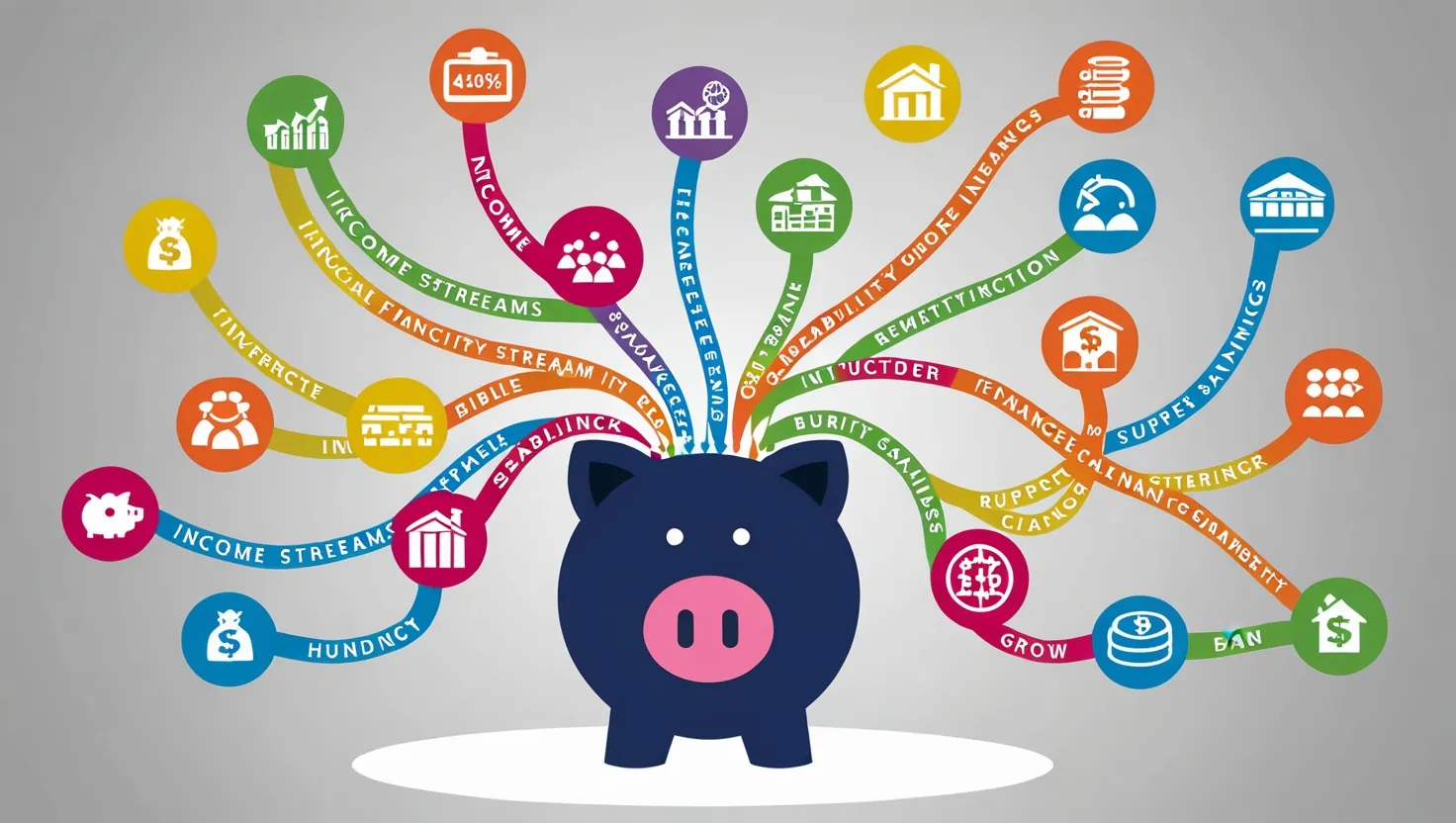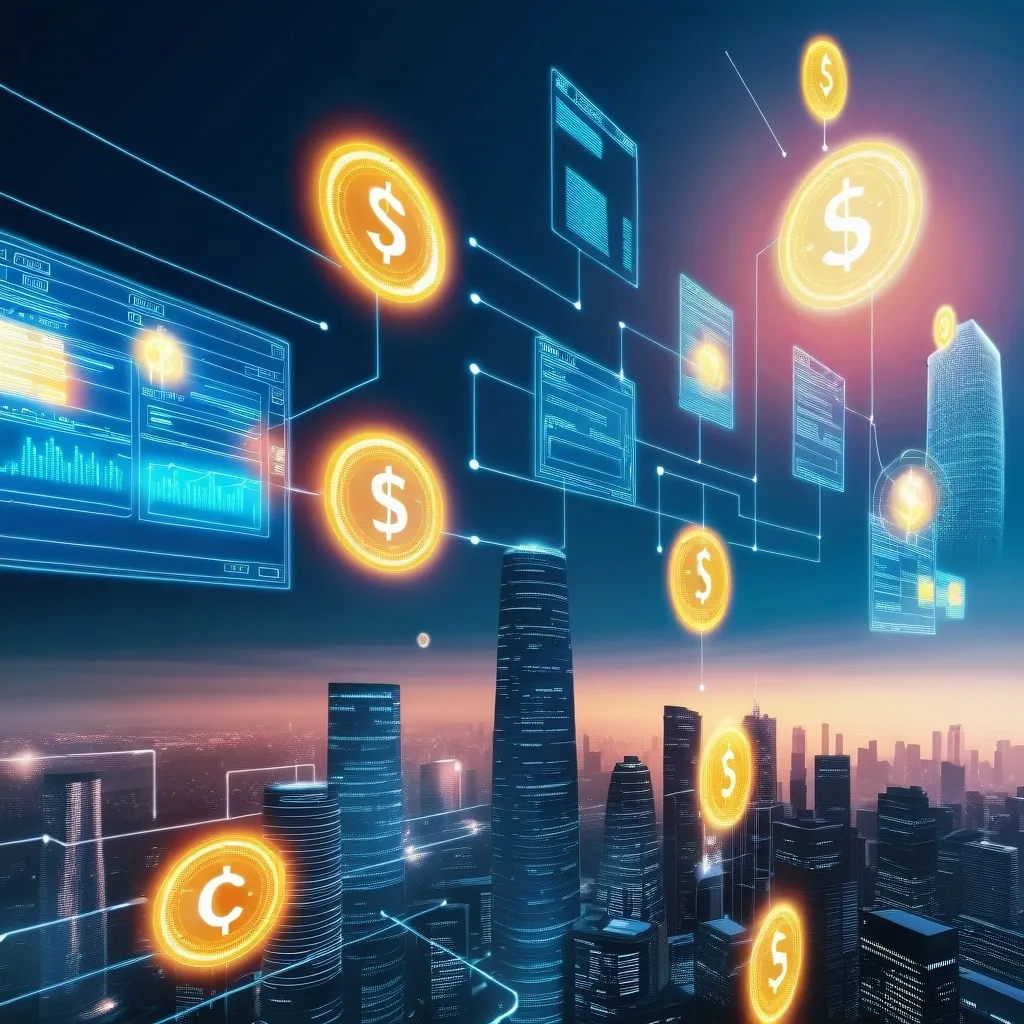Artificial Intelligence: The Secret Weapon in the Battle Against Fraud
In today’s digital world, fraud has become a major headache for businesses and individuals alike. But there’s a new sheriff in town - Artificial Intelligence (AI). This powerful technology is changing the game when it comes to fighting fraud, saving companies billions of dollars every year.
So, how exactly does AI pull off this magic trick? Well, it all starts with something called machine learning. Think of it as AI’s superpower. It allows computer systems to learn from massive amounts of data, kind of like how we humans learn from experience. These AI systems are trained to spot patterns and weird stuff that might signal fraud.
Let’s say you’re a bank. Your AI system would be constantly watching over all the transactions happening in your customers’ accounts. If it spots something fishy - like a huge withdrawal or a sudden shopping spree in a foreign country - it raises a red flag. This way, the bank can catch the bad guys before they make off with someone’s hard-earned cash.
But here’s the really cool part - AI doesn’t just learn once and call it a day. Nope, it’s always learning and getting smarter. As new data comes in, the AI tweaks its understanding of what’s normal and what’s not. This means it’s always one step ahead of the fraudsters who are constantly coming up with new tricks.
Now, let’s talk about how AI spots the odd ones out. It uses something called anomaly detection. Basically, it looks at what’s normal behavior and then spots anything that doesn’t fit that pattern. For example, if you usually buy groceries and pay bills with your credit card, and suddenly there’s a charge for a luxury yacht, the AI will be like, “Hold up, something’s not right here!”
AI also keeps track of how you usually behave with your money. It’s like having a really observant friend who notices when you’re acting out of character. This helps catch tricky fraud that older systems might miss.
But wait, there’s more! The latest and greatest in the world of AI fraud detection is something called generative AI. This bad boy can analyze all sorts of messy, unstructured data and make sense of it. It’s particularly good at spotting sneaky fraud tactics like synthetic identities (where fraudsters create fake people) and deep fakes (super realistic fake videos or audio).
One of the coolest things about AI in fraud detection is how fast it works. We’re talking real-time, folks. As soon as a transaction happens, the AI is on it, checking if everything looks kosher. If something seems off, it can spring into action immediately.
AI doesn’t just spot problems - it also offers solutions. It can suggest the best way to handle a suspicious transaction or even recommend tweaks to the whole fraud detection system to make it even better. This means less work for humans and more time for them to focus on the big picture stuff.
Now, you might be thinking, “But can’t the bad guys use AI too?” And you’d be right to ask. Fraudsters are indeed using AI to create more convincing scams, like fake messages or AI-generated voices that sound just like real people. But don’t worry - the good guys are using even more advanced AI to stay one step ahead.
Let’s talk money for a second. On average, companies lose about 5% of their yearly revenue to fraud. That’s a lot of dough! But with AI on the case, businesses are saving big time. Not only does it prevent losses from fraud, but it also cuts down on the need for large teams of people manually checking for suspicious activity.
But it’s not just about the money. AI fraud detection also helps build trust with customers. After all, people want to know their money and personal info are safe. It also helps businesses stay on the right side of the law by improving things like identity verification and anti-money laundering checks.
Real companies are already seeing big benefits from AI fraud detection. American Express, for example, got 6% better at catching fraud using advanced AI. Bank of New York Mellon improved their fraud detection by a whopping 20%. And PayPal? They’re catching 10% more fraud in real-time while using way less computer power.
Looking ahead, AI is only going to become more important in the fight against fraud. As more and more of our lives move online, we need strong defenses against the bad guys. By combining different types of AI and advanced data analysis, businesses can build a multi-layered defense that keeps them and their customers safe.
In the end, AI is like a superhero in the world of fraud detection. It’s always learning, always watching, and always ready to swoop in and save the day. As we continue to rely more on digital transactions, AI will be there, working behind the scenes to keep our money and information safe.
So next time you make an online purchase or check your bank balance, remember - there’s probably an AI out there watching your back. And that’s pretty cool, if you ask me.






